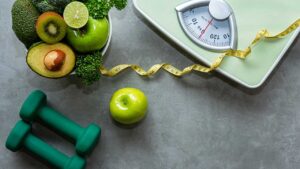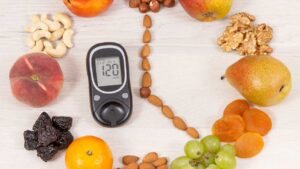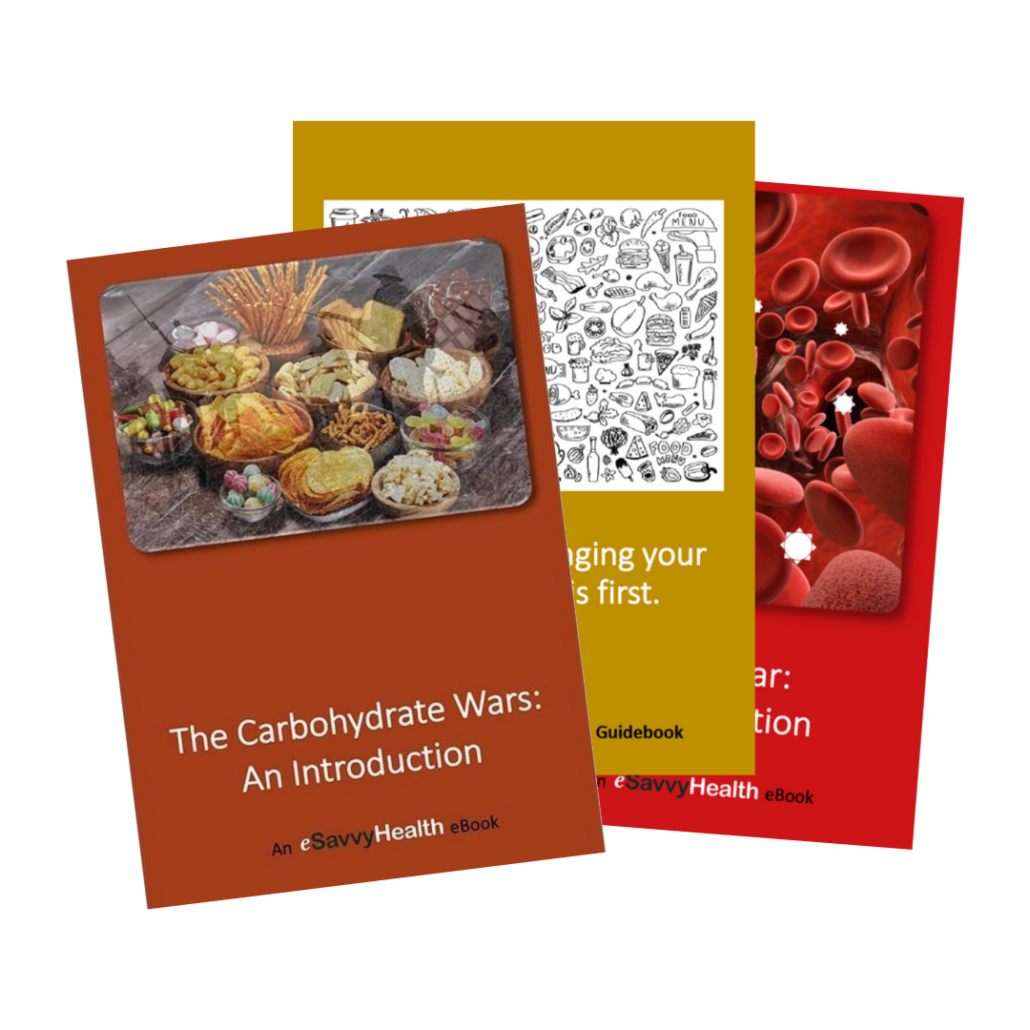Over the past 25 years, the number of wineries in the US has increased five-fold, to a little over 10,000. US wine consumption is also steadily increasing. But aside from the enjoyment and social aspects of that glass, could drinking red wine (in moderation of course) actually have health benefits?
It’s quite possible that you’ve heard both “absolutely!” and “absolutely not!” as answers to this question, because studies that have been carried out in different ways, with different populations, and under different conditions, have yielded conflicting results.1
What we do know without doubt is that wine contains two types of chemicals that are known to affect the operation of our bodies: alcohol and polyphenols.
In this article we’re not going discuss the pros and cons of drinking moderate amounts of alcohol; we’ve addressed that elsewhere. We should note, however, that it is quite clear that heavy drinking is very unhealthy, with “heavy” generally defined as more than two drinks a day on average or more than 4 drinks in a single day for men of average weight, and half that for women of average weight.
So let’s talk about polyphenols. These are chemicals found in plants that are generally known to strengthen the immune system and have other positive biochemical and biological effects in the body. As one example, researchers have found more diverse gut microbes in participants who drank red wine compared to other forms of alcohol, which they attribute to polyphenols. One of the authors, Dr. Caroline Le Roy said: “…this study shows that moderate red wine consumption is associated with greater diversity and a healthier gut microbiota that partly explain its long debated beneficial effects on health.2“
There are many polyphenols; two that have garnered a fair amount of attention are resveratrol and quercetin. We’ll focus on resveratrol, which has been linked in numerous studies3 to improved cardiovascular health, reduced insulin resistance, lower blood pressure and other health benefits and is contained in grapes, blueberries, cranberries and peanuts.
Different varieties of grapevines, growing conditions, and harvest time all have an effect on how much and which polyphenols ultimately end up in your glass of wine. Generally speaking, it seems that red wines made with thicker-skinned grapes have some of the highest levels of resveratrol.4 Thinner skinned grapes, like Pinot Noir, when grown in cooler and wetter conditions like Oregon and France, can also produce higher levels of resveratrol. But it’s not just the grapes that influence polyphenol content—fermentation methods, and other wine-making practices also affect the levels.
Red wine contains more resveratrol, quercetin and other polyphenols than white wine because of the length of time the grape juices are kept in contact with the seeds and skins (it’s the seeds and skins that contain the highest concentrations of polyphenols). There are, however, some unique “skin contact” white wines that are also allowed to soak for a while in contact with the skins and seeds of white grapes. These are called orange wines due to their golden color, but they are not commonly found in the United States.
Bottom line: If you want more polyphenols in your wine, red is definitely the way to go. But here’s a fact that you don’t often see in articles that tout the potential health benefits of red wine due to its polyphenol content: a glass of red wine contains something around 1/8 gram of polyphenols. That’s not very much–1/8 gram is about a single “shake” of salt. A cup of tea or coffee, a square of dark chocolate, or a handful of berries contain substantially more polyphenols (a serving of the polyphenol champion black elderberries has about fifteen times as much polyphenol content as red wine). So if your primary objective is consuming polyphenols, you have lots of appealing, non-alcoholic options.5
Finally, it’s possible to get the health benefits from wine without all of its alcohol, by incorporating it into your recipes. While cooking with wine may not eliminate all of the alcohol, the longer the food is heated the less the alcohol content will be. And there is evidence that many of the beneficial vascular effects of wine could remain even after heating.6 Wine’s flavor as an ingredient in your recipes can certainly enhance a number of dishes. This does NOT, however, mean that you should cook with so called ‘cooking wines. ’ These grocery store imposters are usually loaded with preservatives and don’t taste very good. The popular saying that you should only cook with wine that you’d want to actually drink definitely holds true, especially since the flavors will become even more intensified upon heating and reducing in dishes like sauces and stews.
Here’s a family recipe for a simple homemade tomato sauce served over squash (which will contribute its own share of polyphenols). (Our thanks to eSavvyHealth editor Jessica for this delicious recipe. )

Homemade Tomato Sauce
Ingredients
- 1 very small, sweet onion finely chopped or grated
- 6 cloves of garlic thinly sliced
- Several tablespoons good quality extra virgin olive oil
- Large pinch of crushed red pepper flakes (about ¼ teaspoon – use less or more as you wish)
- Large bunch of fresh basil (for the sauce)
- 1 large 28 oz can of peeled San Marzano tomatoes (puree them first in blender or mash them with a potato masher depending on the consistency you’d like)
- 1 15oz can of tomato sauce (we use Trader Joes’ brand – be certain the ingredients are just tomatoes and spices with no added sugar or other seasonings)
- 1 cup of a nice red wine (one you’d like to drink while you are cooking)
- 1 teaspoon sea or kosher salt (to taste)
- 1 teaspoon dried oregano
- 1 teaspoon dried thyme
- ¼ cup grated pecorino Romano cheese (plus more for garnish)
- ¼ cup sliced fresh basil for garnish (roll the leaves up and thinly slice through them)
- 1 lb. of linguini or bucatini or a roasted spaghetti squash if you’d prefer no pasta
Instructions
- Finely dice or grate the onion. Peel and thinly slice the garlic.
- Heat 3 tablespoons of EVOO in a heavy bottomed pot. Add onions and salt and sauté until translucent.
- Add garlic and red pepper flakes and sauté for less than a minute. Be careful not to burn the garlic!
- Add canned tomatoes and sauce squishing the whole tomatoes if you didn’t puree beforehand.
- Add dried thyme, dried oregano and a large bunch of fresh basil (whole).
- Cook on medium until it all starts to boil and then add in your cup of red wine.
- Set the pot on the lowest possible heat and simmer for about 45 minutes to an hour (stirring and/or tasting occasionally.
- Cut your favorite squash in half and remove the seeds. Add olive oil, salt & pepper and place face down on a cookie sheet; roast in the oven until tender, about 45 minutes. Use a fork to loosen the squash and remove it from its peel. Top with the sauce, basil, and Pecorino Romano cheese.
Notes
Enjoy!
This sauce is also great for dipping, or served over whatever pasta options you’d like.
References:
- The Last Word: Is Alcohol Use at Any Level Actually Healthy?
- Red Wine Benefits Linked to Better Gut Health, Study Finds
- Resveratrol: A Double-Edged Sword in Health Benefits
- The Science of Wine – Polyphenols (and Tannins)
- Identification of the 100 richest dietary sources of polyphenols: An application of the Phenol-Explorer database
- Thermal Treatment of Wine Shows Retained Cardiovascular Health Benefits in Rats and Guinea Pigs: Good News for a Popular Winter Warmer





